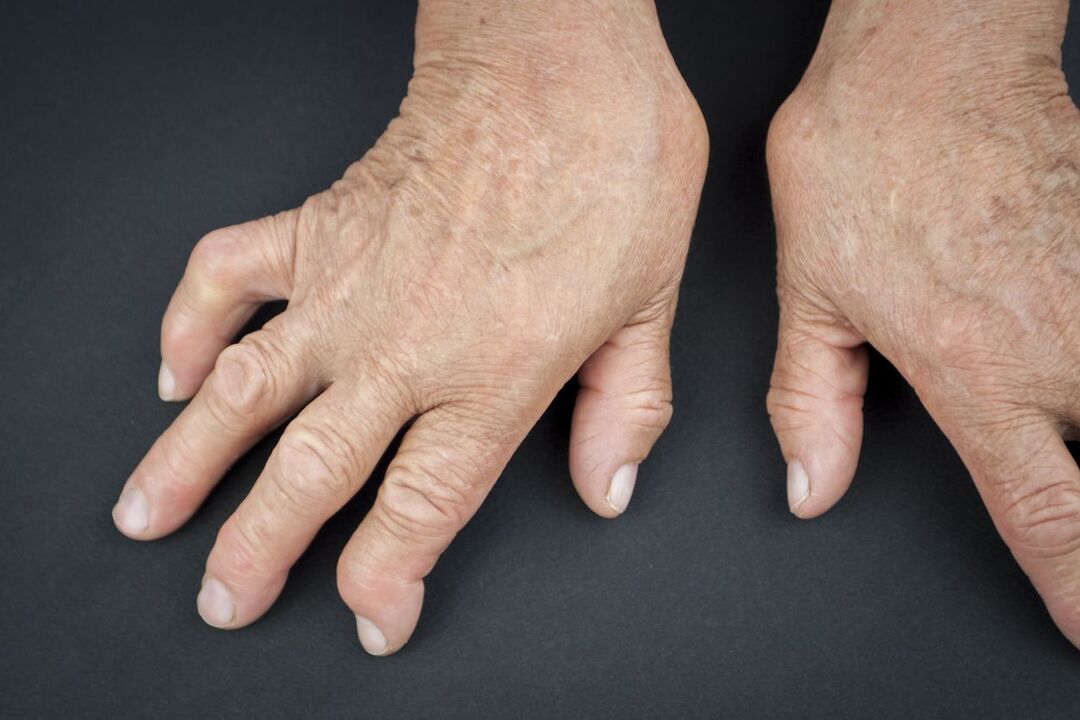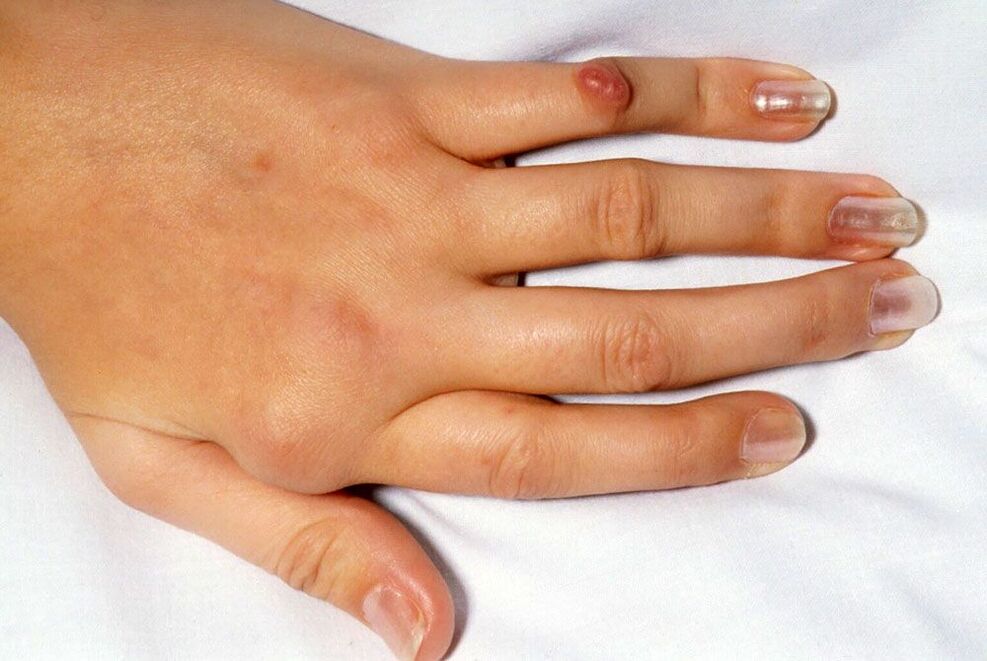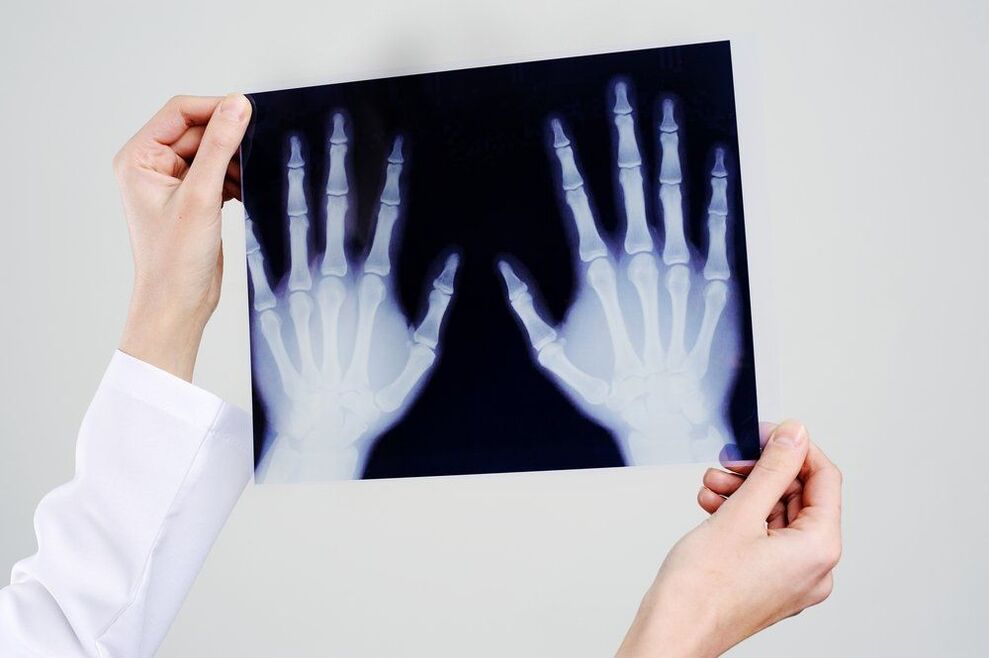
cause of pain
Rheumatoid Arthritis
psoriatic arthritis
septic arthritis
gout

Osteoarthritis
stenosing tendonitis
root-knot disease

Pathological symptoms
- Nodular tumors in the tendon region;
- Creaking sound when fingers move;
- Pain on palpation of hand;
- Severe, stabbing pain and impairment of fine motor skills;
- The crooks of the fingers are compressed and the inflamed areas are congested;
- Unable to squeeze little finger;
- localized and regional increases in body temperature;
- Pain in the arm that worsens at night;
- Special attention should be paid if the fingers suddenly become swollen and deformed.
diagnosis method
radiography

Ultrasonography
CT scan
spinal electrogram
MRI
treat
medical treatement
physiotherapy

diet
- Fish oil and flaxseed oil. These products contain large amounts of omega-3 fatty acids, which improve the condition of the vascular system and participate in the normalization of fat metabolism.
- Apple cider vinegar because it enhances salt removal and participates in the alkalinization process of the blood.
- Radishes, lettuce and nuts.
- Egg yolk, juice and pomegranate fruit.
- Blackcurrants and figs.
- Ginger and cauliflower.
- Low calorie cheese and olive oil.















































